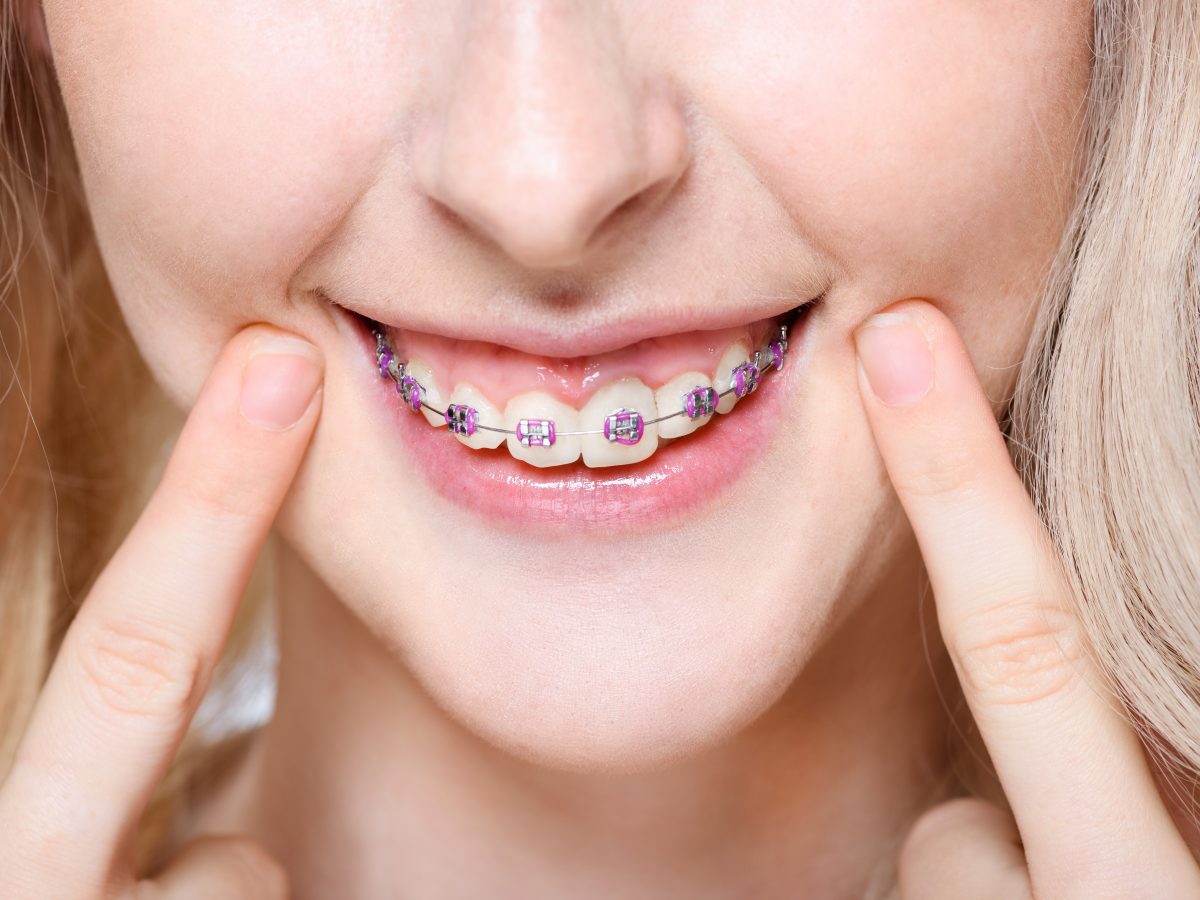Leading Tips for Choosing the very best Cumming Orthodontist for Braces and Aligners
Leading Tips for Choosing the very best Cumming Orthodontist for Braces and Aligners
Blog Article
Comprehensive Overview to Orthodontics Procedures for Fixing Oral Misalignments
In the world of orthodontics, the trip to accomplishing a perfectly lined up smile entails a myriad of treatments tailored to remedy dental imbalances. From conventional dental braces to unseen aligners and even medical options, the field of orthodontics provides a series of services to address varying levels of oral abnormalities. Comprehending the complexities of each treatment, including their mechanisms, benefits, and prospective drawbacks, is important in making notified decisions about one's orthodontic treatment. As we navigate via the thorough guide to orthodontic treatments for dealing with oral imbalances, the detailed information of each method will unfold, dropping light on the course toward a useful and unified dental alignment.
Orthodontic Procedures Summary

Regular adjustments and surveillance are crucial parts of orthodontic treatment to guarantee progression is on track and to make any necessary adjustments along the method. By going through orthodontic treatments, patients can not only accomplish a straighter smile however also enhance their general dental health and wellness and function.
Typical Braces: Just How They Work
When thinking about orthodontic treatments for oral imbalances, standard dental braces stand out as a tried and true approach for remedying teeth positioning. Traditional braces are composed of brackets, cables, and bands that work together to apply constant pressure on the teeth, progressively moving them right into the desired placement.
One secret aspect of exactly how standard braces work is the procedure of bone remodeling. As pressure is related to the teeth with the dental braces, the bone surrounding the teeth is reshaped to sustain the brand-new tooth positions. This renovation is necessary for the long-term stability of the fixed positioning. Clients will require routine changes at the orthodontist's office to guarantee the braces remain to use the right stress for efficient teeth movement.
Undetectable Aligners: Pros and Cons
These clear, custom-made trays are basically unnoticeable when used, making them an appealing option for individuals seeking a much more aesthetically pleasing orthodontic treatment. People can eliminate the aligners prior to eating or cleaning their teeth, reducing the danger of food getting stuck in the device and streamlining the cleansing process.

Surgical Orthodontic Options
Surgical interventions in orthodontics existing sensible options for attending to complex dental misalignments that might not be efficiently fixed via conventional orthodontic treatments. While standard braces and unseen aligners can fix numerous orthodontic issues, specific cases need surgical treatment to accomplish optimum results. Surgical orthodontic alternatives are usually suggested for severe malocclusions, substantial jaw discrepancies, and instances where the underlying bone structure requires adjustment to accomplish proper positioning.
One typical medical orthodontic procedure is orthognathic surgical treatment, which involves repositioning the jaws to fix useful concerns such as difficulty eating or speaking. This surgery is frequently executed in partnership with an orthodontist that assists line up the teeth before and after the procedure. Surgical orthodontics may additionally entail procedures to reveal impacted teeth, eliminate excess gum cells, or reshape the jawbone to create an extra unified facial account.
Before taking into consideration medical orthodontic options, people undertake an extensive examination to figure out the need and potential advantages of such interventions. aligners. While surgical treatment may seem daunting, it can dramatically boost both the home function and visual appeals of the smile in instances where traditional orthodontic treatments fail
Retainers and Post-Treatment Care

Failing to abide with post-treatment care guidelines can result in relapse, where the teeth gradually relocate back in the direction of their initial placements. Consistent retainer wear, excellent oral hygiene, and routine dental examinations are crucial for preserving the results attained with orthodontic surgical treatment and making sure the lasting security of the dealt with oral positioning.
Verdict
In verdict, orthodontic procedures provide numerous alternatives for correcting oral misalignments. Traditional dental braces make use of steel brackets and cables to shift teeth right into correct positioning. Undetectable aligners provide a more discreet alternative yet may not be ideal for all cases. Surgical orthodontic alternatives are readily available for much more serious misalignments. Retainers are generally used post-treatment to preserve the new positioning. Overall, orthodontic procedures can efficiently enhance oral health and visual look.
As we browse with the thorough guide to orthodontic treatments for dealing with oral misalignments, the complex information of each approach will unfold, losing light on the path towards a unified and practical dental placement. - braces
One why not look here of the most common orthodontic treatments is the use of braces, which consist of metal brackets and wires that apply mild stress to gradually shift teeth into the desired position.When taking into consideration orthodontic therapies for dental misalignments, standard dental braces stand out as a reliable approach for fixing teeth positioning. In addition, undetectable aligners may not be appropriate for complicated orthodontic problems that require even more significant teeth movement, as they are usually advised for moderate to modest cases. Retainers are personalized orthodontic gadgets created to hold teeth in their fixed positions after the completion of orthodontic treatment.
Report this page